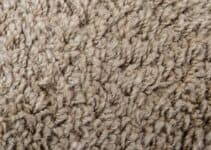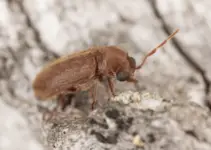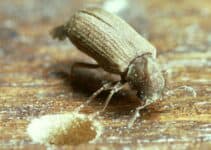When it comes to wood-damaging pests, two names often surface: woodworm and termites. Misunderstandings abound about these two creatures. Here, we set the record straight.
What are Woodworms?
Woodworms aren’t worms at all but the larvae stage of certain beetle species such as the Deathwatch and Common Furniture beetles.
Their life cycle begins when a female beetle lays eggs on or in wood crevices. The hatching larvae bore into the wood, creating tunnels as they feed.
This damage often goes unnoticed until the larvae reach adulthood and exit the wood, leaving telltale exit holes.
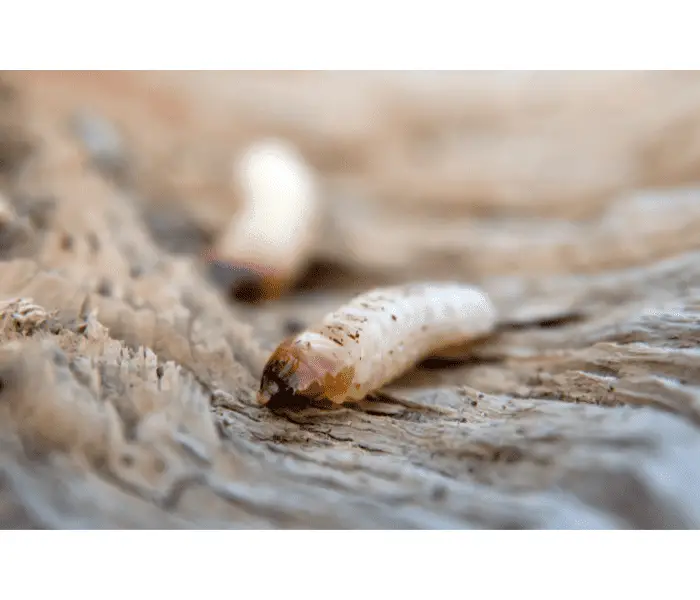
What are Termites?
Unlike woodworms, termites are social insects, often residing in massive colonies. They are divided into castes: workers, soldiers, and reproductives.
It’s the worker termites that cause most of the damage, consuming wood to feed the colony. They leave a series of tunnels, weakening the structural integrity of infested wood.
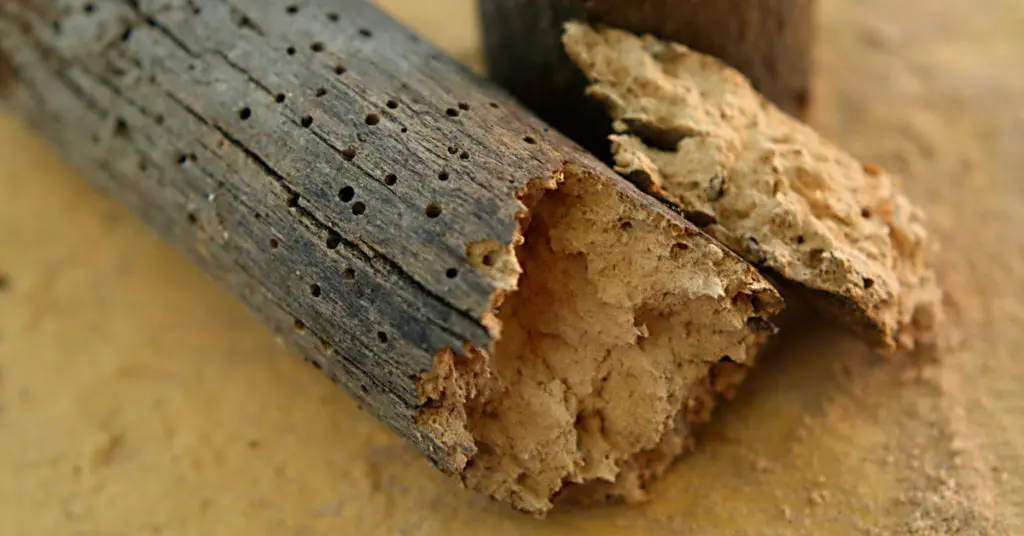
Are Woodworms Termites?
To the untrained eye, woodworms and termites may seem similar due to the damage they cause. However, they are not the same.
Woodworms are beetle larvae, while termites are a distinct insect species.
Woodworm damage typically appears as small, round exit holes and powdery frass (excrement), while termite damage often involves more extensive tunnelling and sometimes mud-like structures called termite tubes.
Are Woodworms the Same as Termites?
While both woodworms and termites can cause significant damage to wooden structures, they have different characteristics.
Termites live in large colonies and feed continuously, which can lead to significant damage quickly.
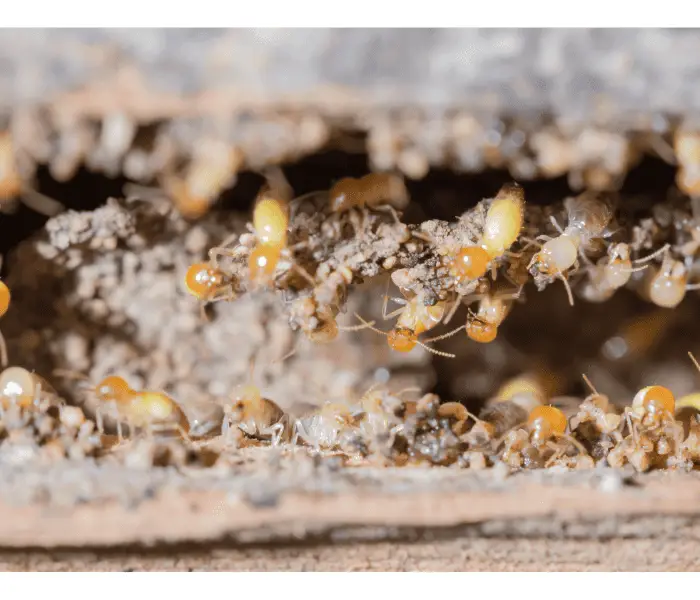
Woodworms, on the other hand, do not live in colonies and the damage they cause is usually slower and less extensive.
Another major difference is their life cycle and form: Woodworms are the larval stage of beetles, while termites go through a nymph stage and do not transform into beetles.
Woodworm vs Termites
Woodworms prefer damp wood and are more common in older buildings. Termites, conversely, can infest any wood, regardless of age or dampness.
Signs of a woodworm infestation include visible exit holes and wood dust, while termite signs include mud tubes, discarded wings from swarmers, and extensive internal damage to wood.
How to Identify and Control Woodworm and Termite Infestations
Identifying the pest is crucial to effective treatment. Pest control professionals can diagnose an infestation and recommend appropriate measures.
For woodworms, this might include chemical insecticides, while for termites, options range from baiting systems to fumigation.
Woodworm and Termites
Understanding the differences between woodworms and termites is key to identifying and controlling these pests. If you suspect an infestation, don’t hesitate to consult a professional.
